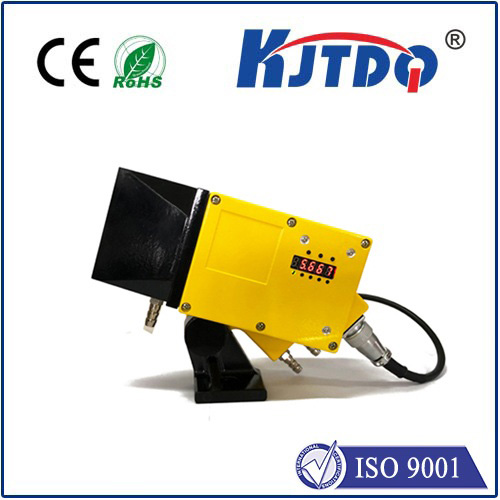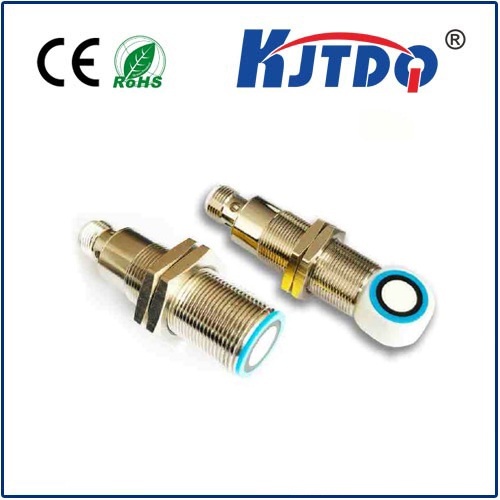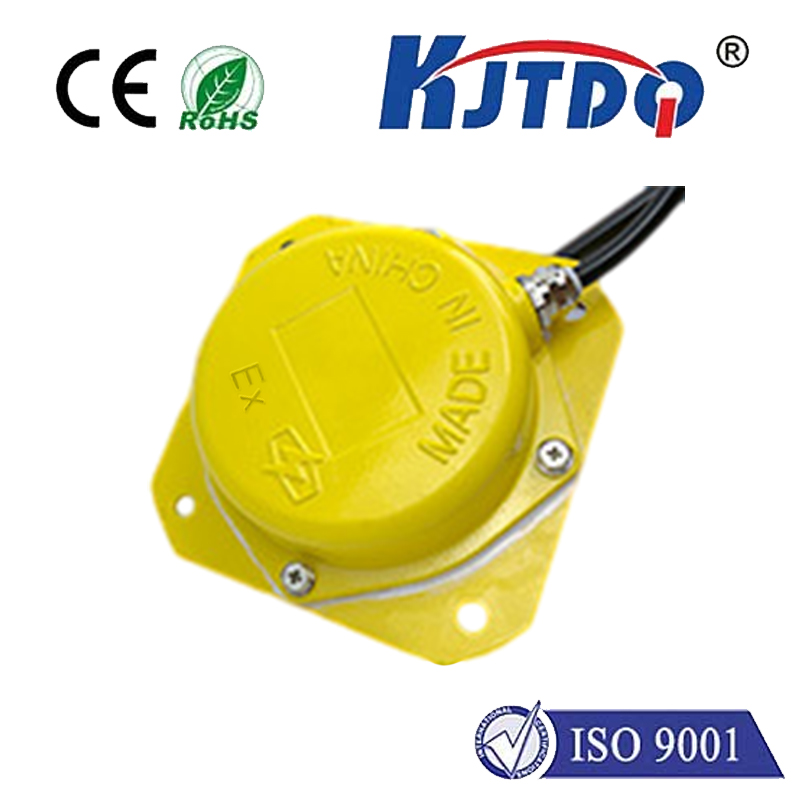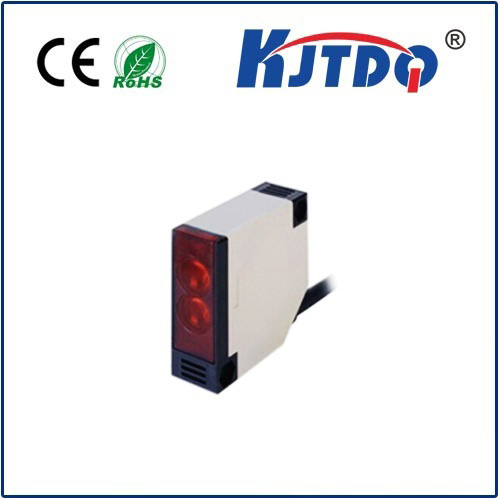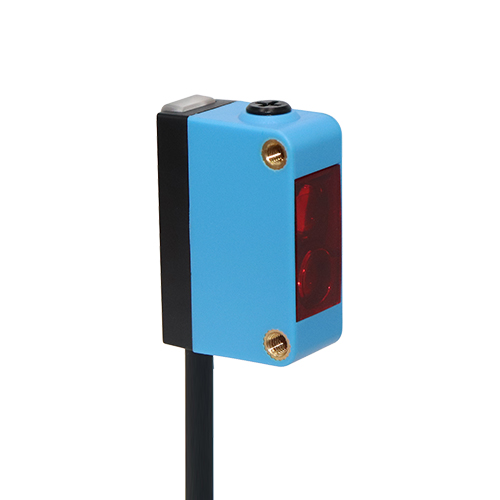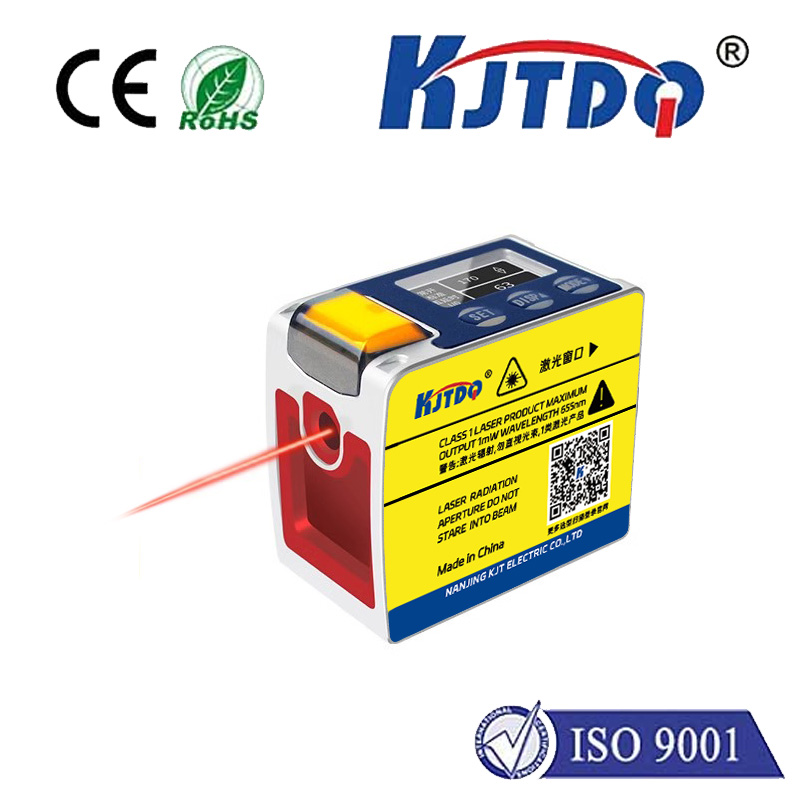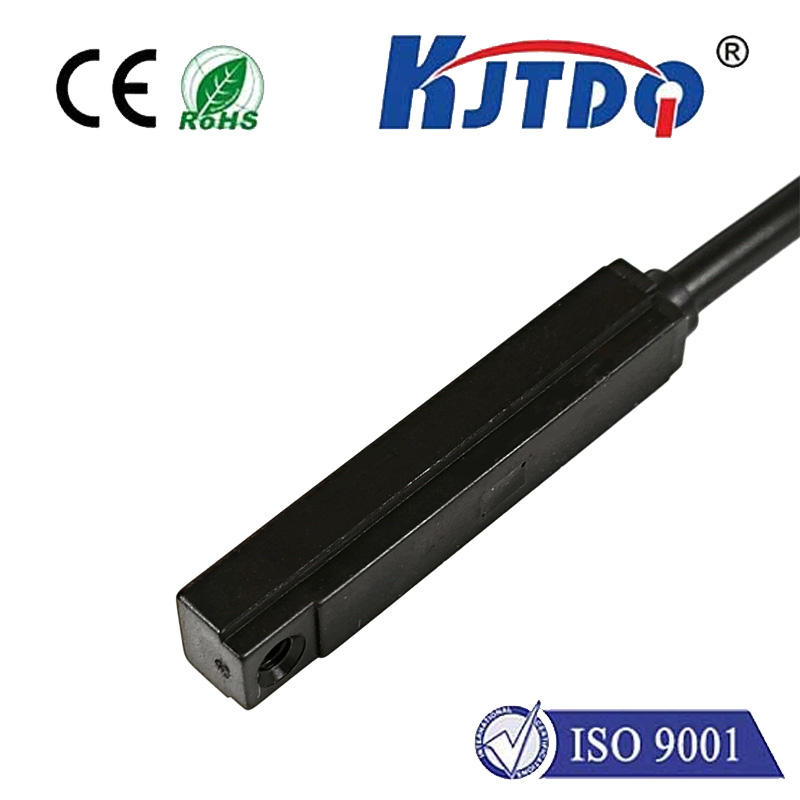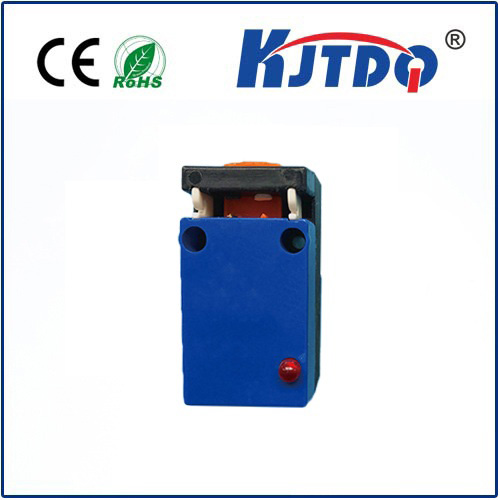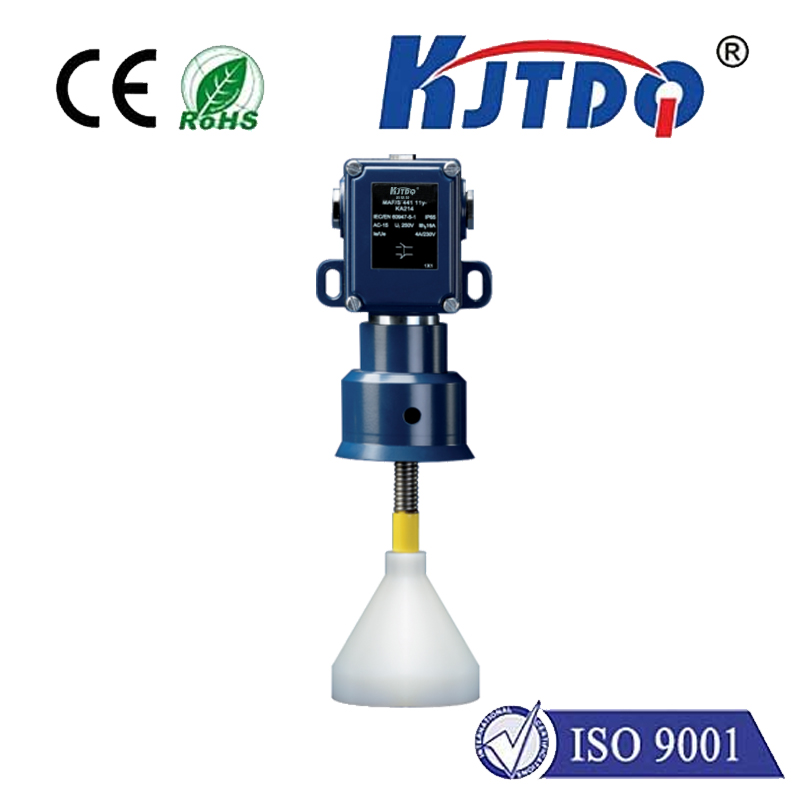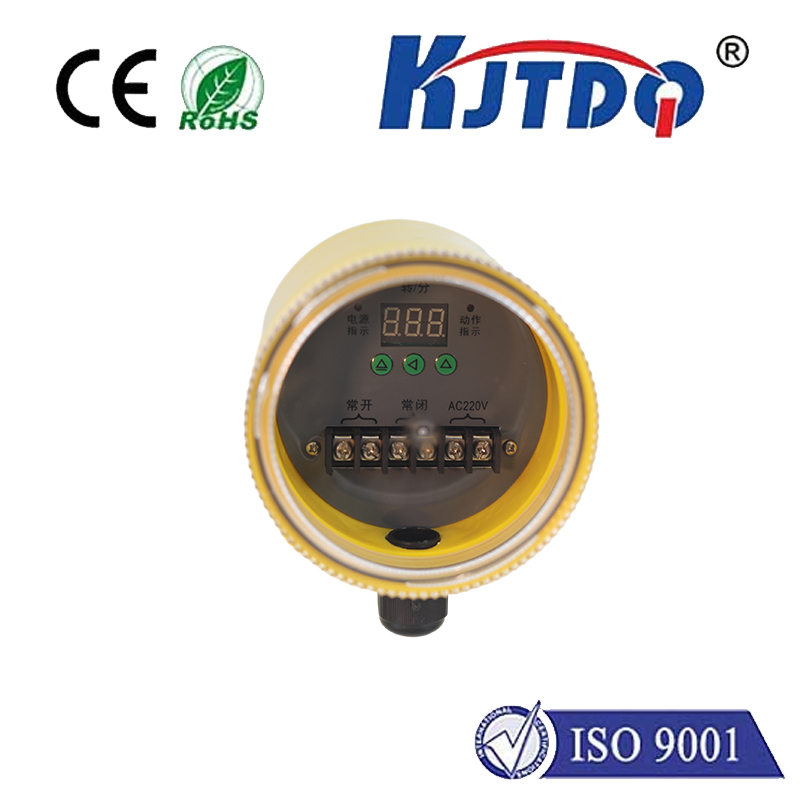
check

check

check

check

Proximity Speed Sensor: Revolutionizing Industrial Automation In the world of industrial automation, the proximity speed sensor has emerged as a game-changer. This innovative device is designed to detect the presence and speed of objects without any physical contact, making it an essential tool for a wide range of applications. In this article, we will explore the benefits and limitations of proximity speed sensors, as well as their impact on the future of industrial automation. Benefits of Proximity Speed Sensors One of the key advantages of proximity speed sensors is their ability to operate without physical contact. This eliminates the need for mechanical parts, which can wear out over time and require maintenance. Additionally, these sensors are highly accurate and can measure even the slightest changes in object speed. They are also versatile and can be used in a variety of applications, from conveyor belts to machinery monitoring. Another benefit of proximity speed sensors is their ability to improve safety in industrial environments. By detecting when an object is moving too quickly or slowly, these sensors can trigger alarms or shut down equipment before accidents occur. This not only protects workers but also reduces downtime and extends the lifespan of equipment. Limitations of Proximity Speed Sensors Despite their many benefits, proximity speed sensors do have some limitations. One of the main challenges is their sensitivity to environmental factors such as temperature, humidity, and vibration. These factors can cause interference and affect the accuracy of the sensor readings. Additionally, proximity speed sensors may struggle to detect certain materials or surfaces, such as transparent or metallic objects. Another limitation of proximity speed sensors is their cost. While they are generally more expensive than traditional contact-based sensors, the initial investment can be offset by reduced maintenance costs and improved efficiency. However, for smaller businesses or those on a tight budget, the higher upfront cost may be a barrier to entry. Impact on Industrial Automation The integration of proximity speed sensors into industrial automation systems has had a significant impact on productivity and efficiency. By enabling real-time monitoring of object speed and movement, these sensors allow for more precise control over production processes. This leads to faster cycle times, reduced waste, and increased throughput. Furthermore, proximity speed sensors have enabled the development of smart factories, where machines and equipment communicate with each other to optimize performance and reduce energy consumption. As technology continues to advance, we can expect to see even greater innovation in the field of industrial automation, driven in part by the continued growth and improvement of proximity speed sensors. Conclusion In conclusion, proximity speed sensors have revolutionized the world of industrial automation by offering a non-contact solution for detecting object speed and presence. While there are some limitations to consider, such as sensitivity to environmental factors and cost, the benefits far outweigh these drawbacks. As we look towards the future, it is clear that proximity speed sensors will continue to play a vital role in driving productivity, efficiency, and safety in industrial settings.
